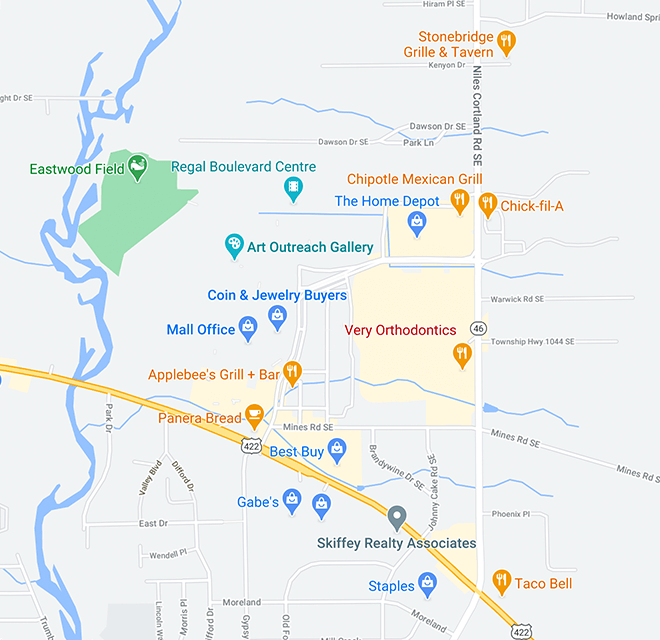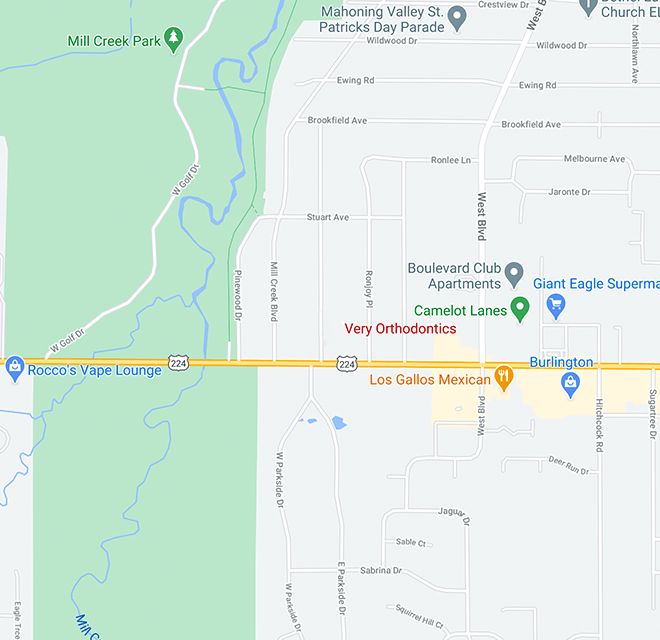July 6th, 2022

The dog days of summer are upon us, and what better time for Dr. Daniel Very and our team to ask our patients about their summer!
Whether you visited our nation’s capital, went on a camping trip, or just stayed in Boardman or Niles and relaxed, we want to know how you’re all spending your summer! Please feel free to share your summer plans and experiences with us below or on our Facebook page as summer rolls on!
July 6th, 2022

The dog days of summer are upon us, and what better time for Dr. Daniel Very and our team to ask our patients about their summer!
Whether you visited our nation’s capital, went on a camping trip, or just stayed in Boardman or Niles and relaxed, we want to know how you’re all spending your summer! Please feel free to share your summer plans and experiences with us below or on our Facebook page as summer rolls on!
July 6th, 2022

The dog days of summer are upon us, and what better time for Dr. Daniel Very and our team to ask our patients about their summer!
Whether you visited our nation’s capital, went on a camping trip, or just stayed in Boardman or Niles and relaxed, we want to know how you’re all spending your summer! Please feel free to share your summer plans and experiences with us below or on our Facebook page as summer rolls on!
July 6th, 2022

The dog days of summer are upon us, and what better time for Dr. Daniel Very and our team to ask our patients about their summer!
Whether you visited our nation’s capital, went on a camping trip, or just stayed in Boardman or Niles and relaxed, we want to know how you’re all spending your summer! Please feel free to share your summer plans and experiences with us below or on our Facebook page as summer rolls on!
















